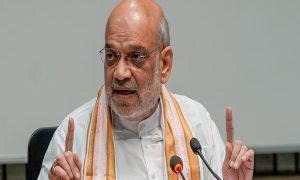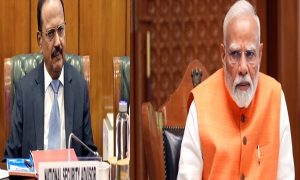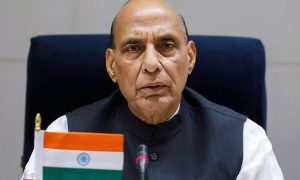At the COP26 summit in Glasgow, India had committed to reduce carbon emission intensity by 45%, and taking the non-fossil energy capacity to 500 GW by the year 2030. India even pledged that it would meet 50% of its energy requirements from renewable energy by 2030, with an aim to achieve the Net Zero target by 2070. To decarbonize the transport sector (which is the major contributor of CO2 emissions), transition to clean mobility has become essential, which can be done by more and more endorsement of electric vehicles.
Ensuring the same, several supporting initiatives have been implemented, such as the Faster Adoption and Manufacturing of Electric (Hybrid) Vehicles in India (FAME) I and II, and the Production Linked Incentive (PLI) for National Programme on Advanced Cell (ACC) Battery Storage (NPACC), to boost indigenous battery manufacturing capacity. State governments are also engaging in coming up with complementary policies for the promotion of adoption of EVs. The upfront costs for Electronic Vehicles are typically higher than internal combustion engine (ICE) counterparts, but operations and maintenance costs over lifetime is much lesser for EVS which brings the total cost of owning them at par with ICE vehicles.
Battery swapping as an alternative
The issue of spacing is a big constraint in urban areas for setting up charging stations at scale. Taking into consideration the same, Finance Minister Nirmala Sitharaman in her Budget Speech 2022-23, announced that the government will be introducing Battery Swapping policy and interoperability standards in order to improve efficiency in the EV Ecosystem.
Battery swapping has emerged as an alternative for those owning EVs, which involves exchanging discharged batteries for charged ones. Battery Swapping results in the de-linking of the vehicle and fuel (Battery in this case) and hence reduces the upfront cost of the vehicles. Battery swapping is popularly used for smaller vehicles such as two and three-wheelers which use smaller, easier batteries compared to other automotive segments where the same can be implemented, but mechanically.
Battery swapping offers three other charging-related advantages, i.e. they are time, space & cost efficient, provided each swappable battery is actively used. Further, Battery Swapping provides level playing field to innovative and sustainable business models such as ‘Battery As a Service’.
Battery Swapping policy framework
NITI Aayog had held an inter-ministerial discussion in Feb 2022 to chart down a comprehensive Battery Swapping policy framework. It also held an extensive pre-draft discussion with a wide spectrum of stakeholders representing Battery Swapping Operators, Battery Manufacturers, financial institutions, Vehicle OEMs, and other experts and concerned bodies.
After much deliberations and taking into consideration all inputs, NITI Aayog drafted the Battery Swapping Policy and also urged stakeholders to submit their responses and commnets. The policy document can be accessed here – https://www.niti.gov.in/sites/default/files/2022-04/20220420_Battery_Swapping_Policy_Draft_0.pdf




























 WhatsApp us
WhatsApp us